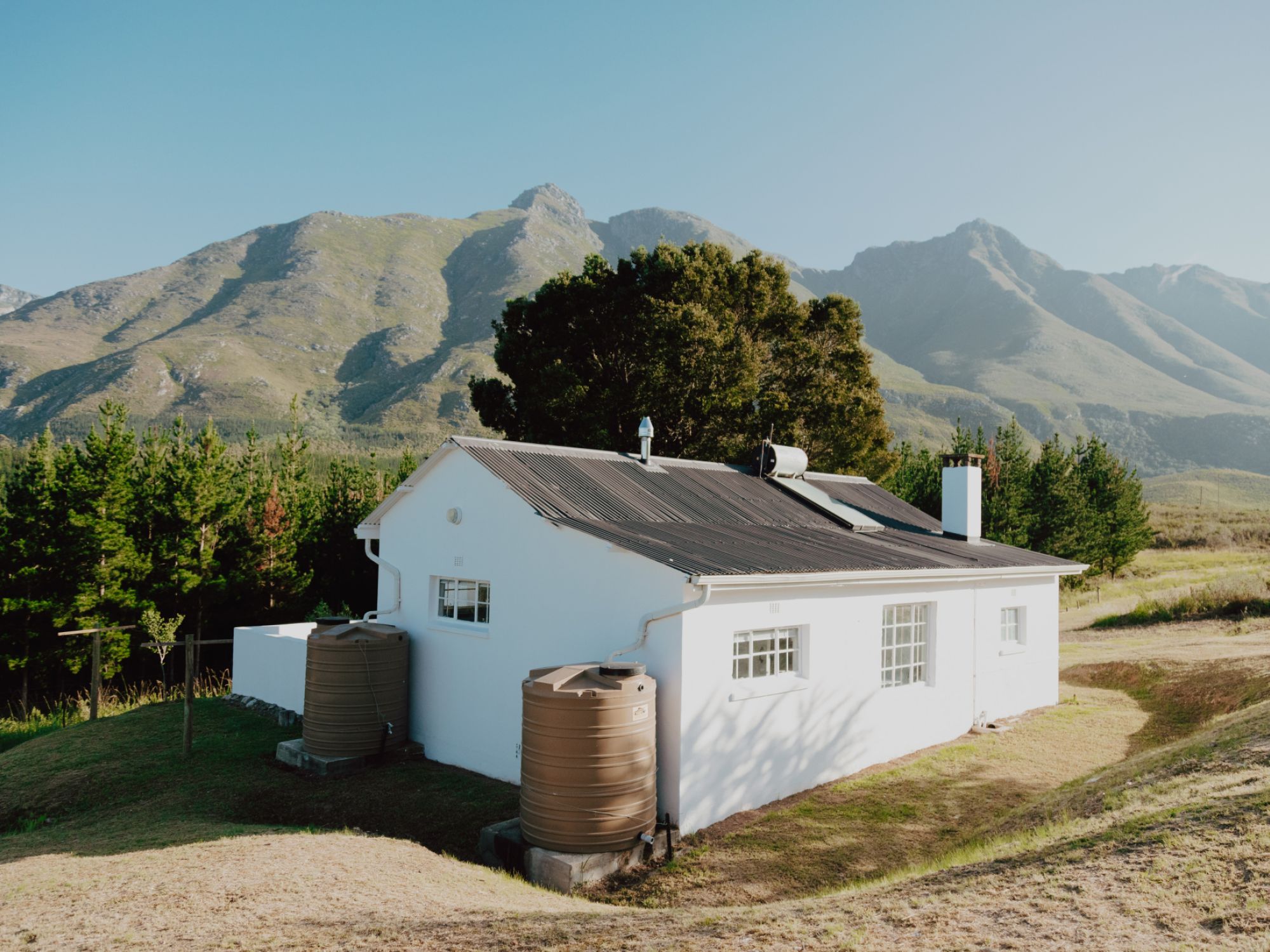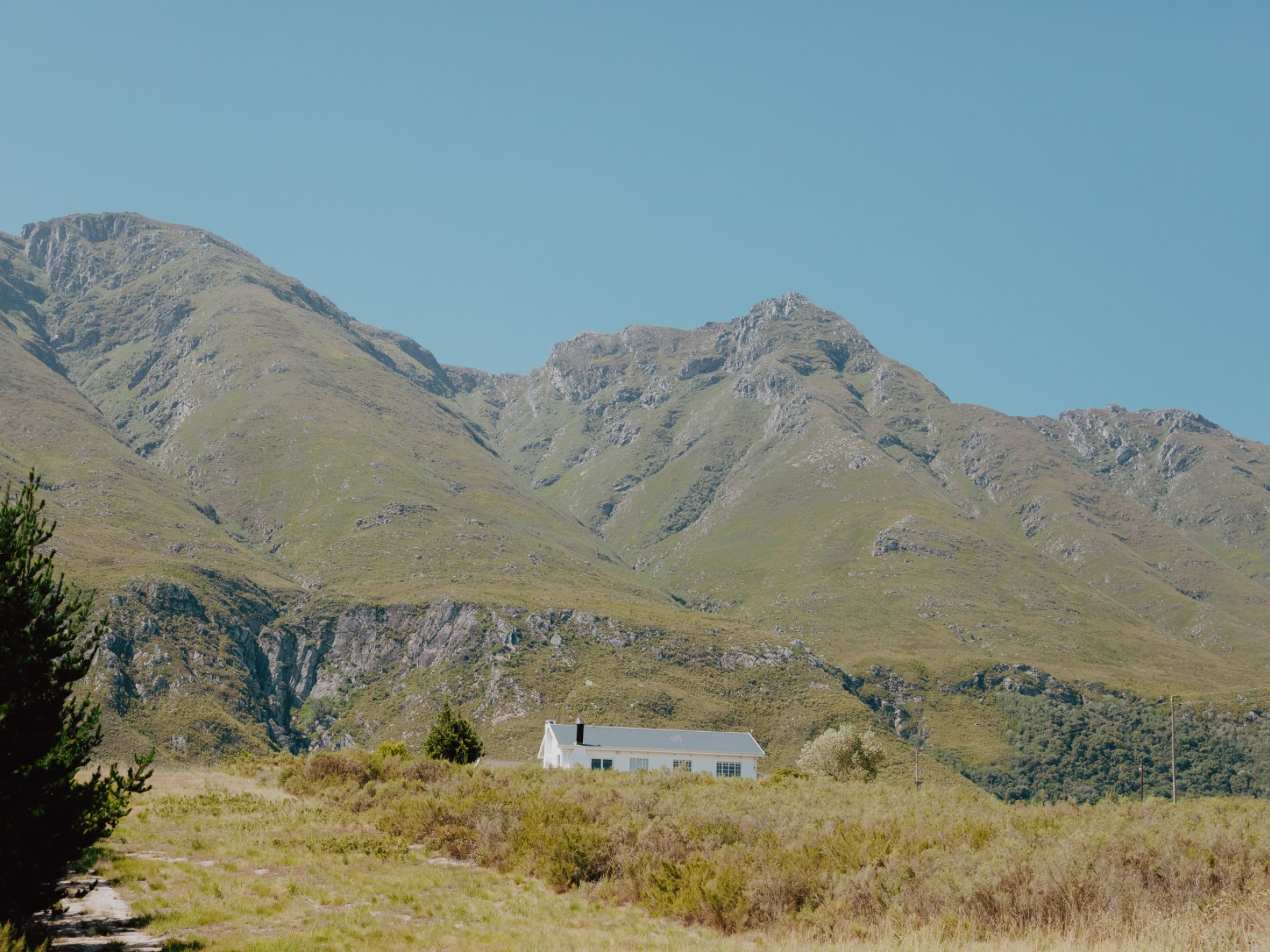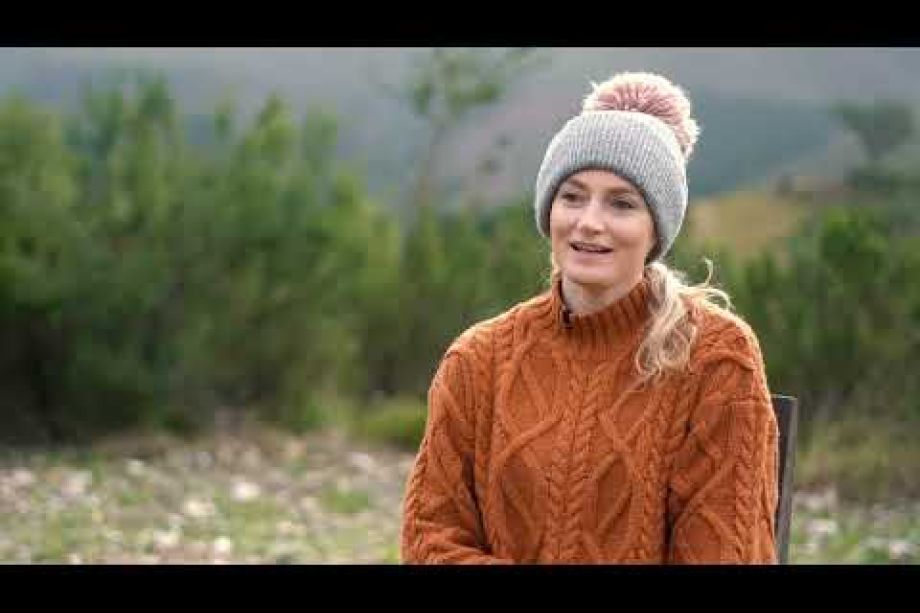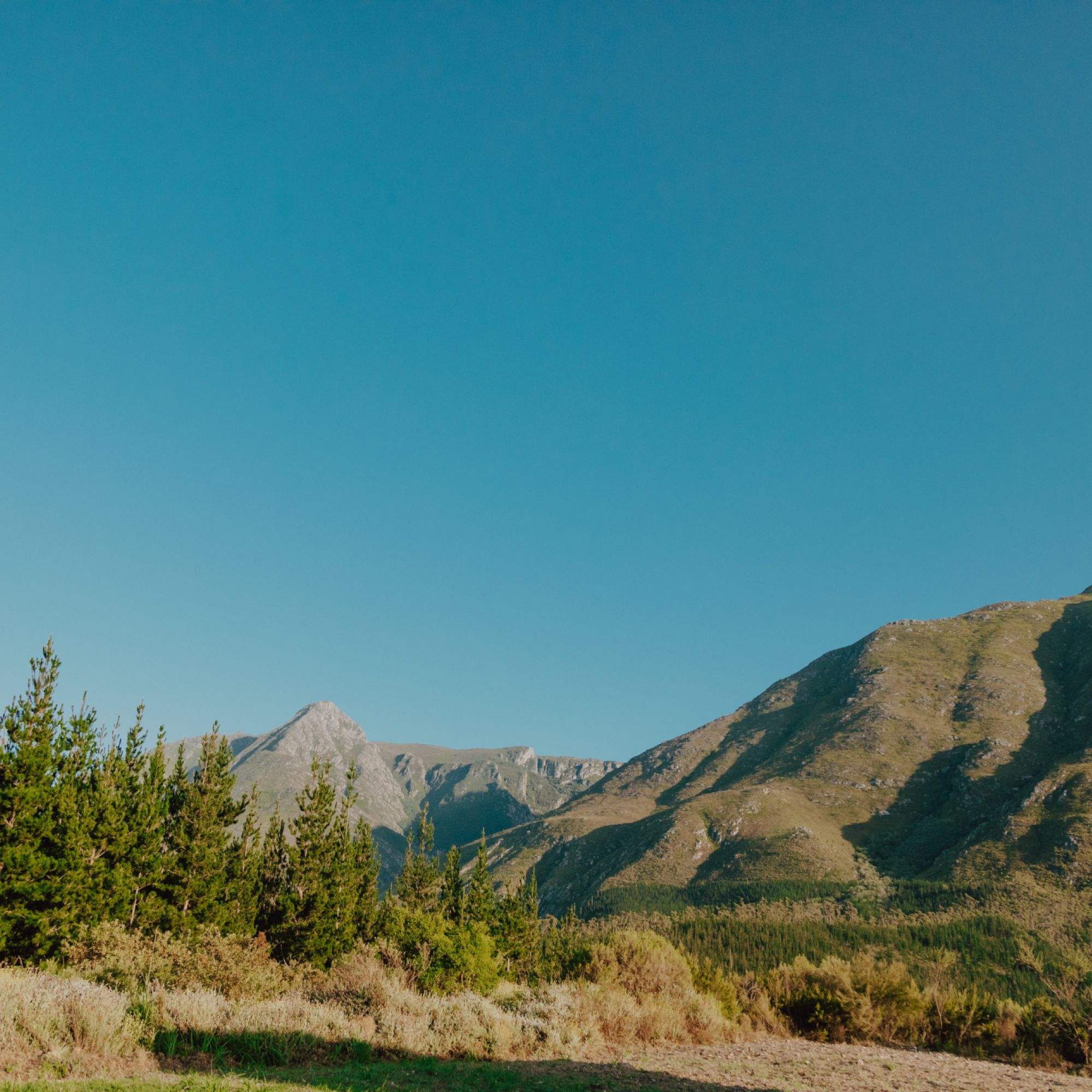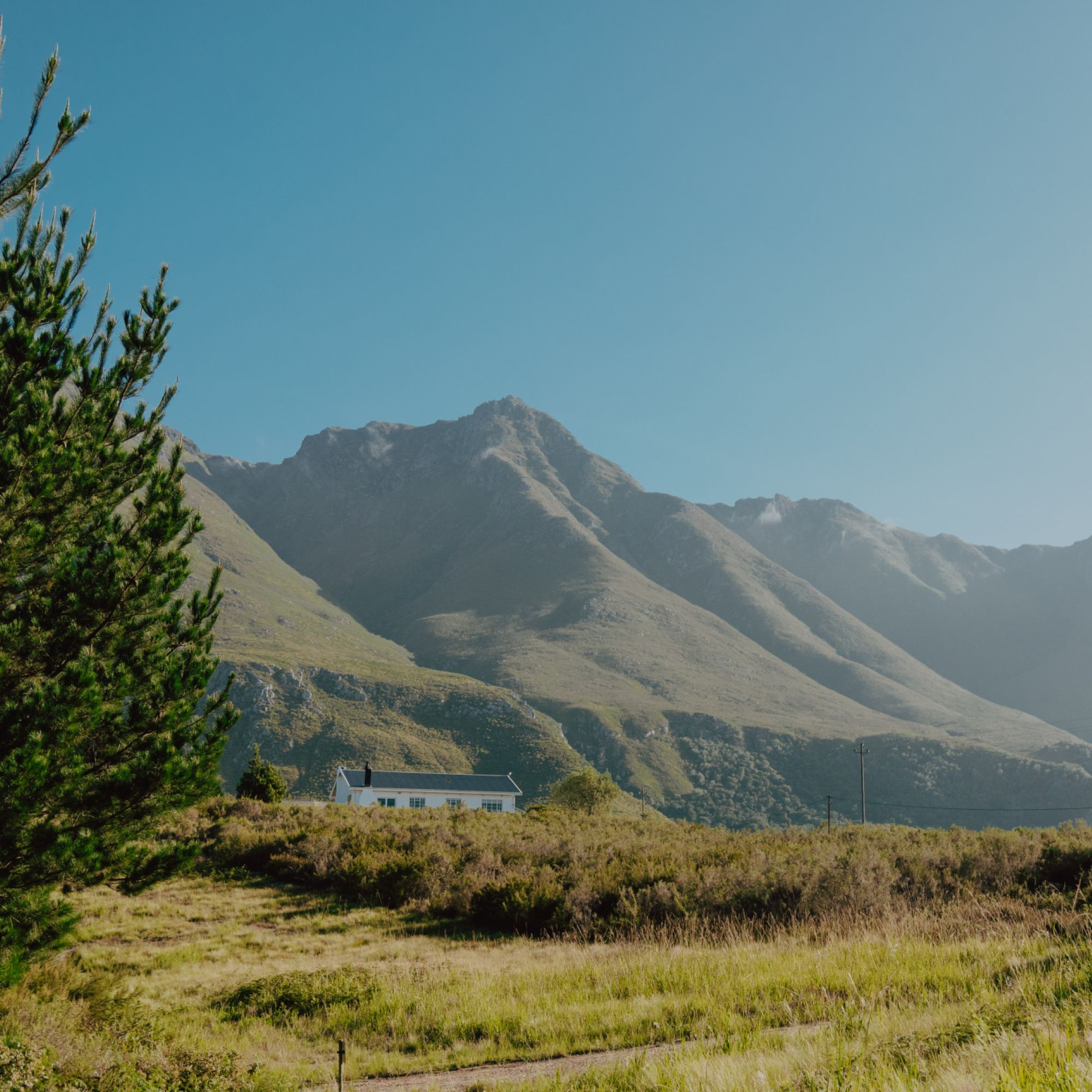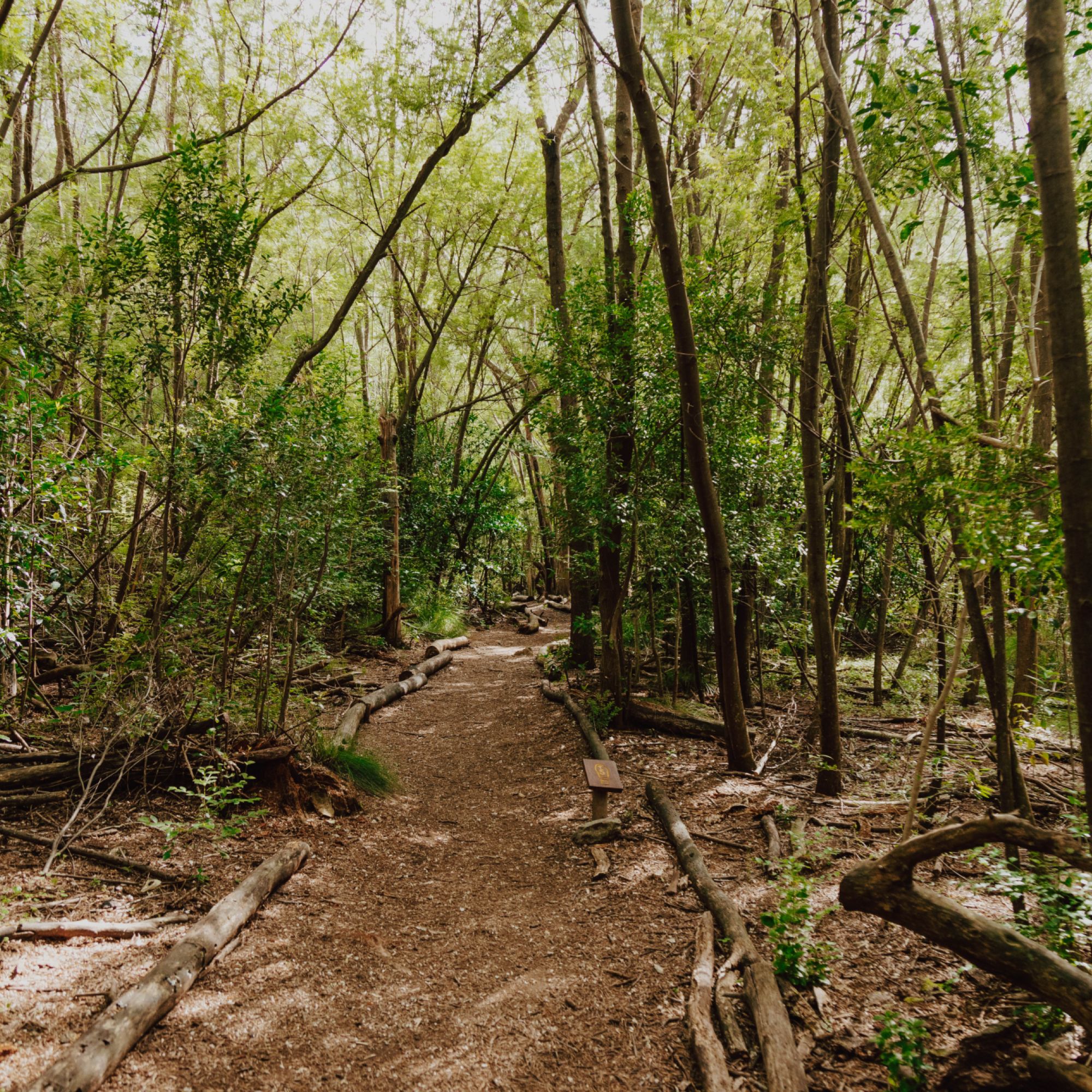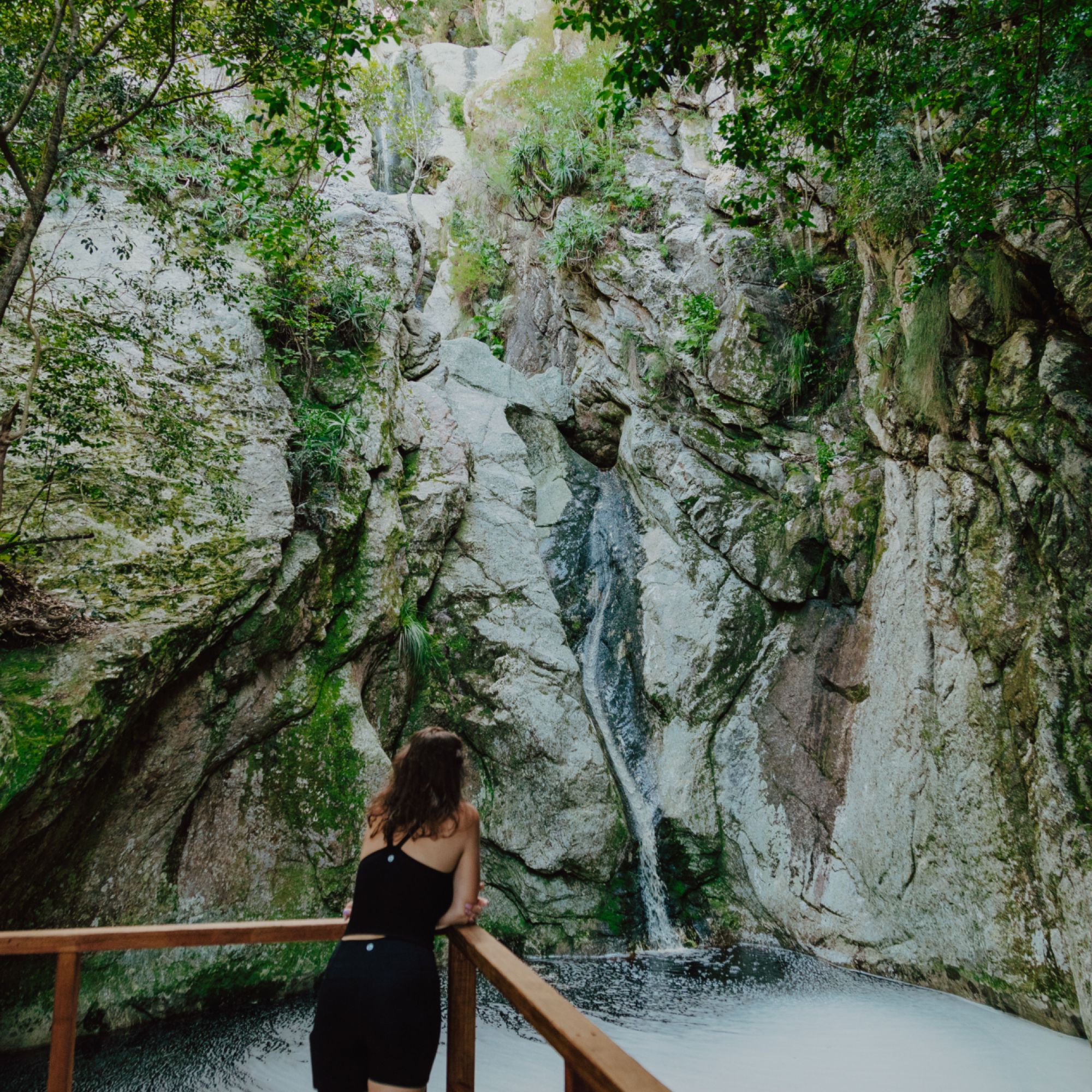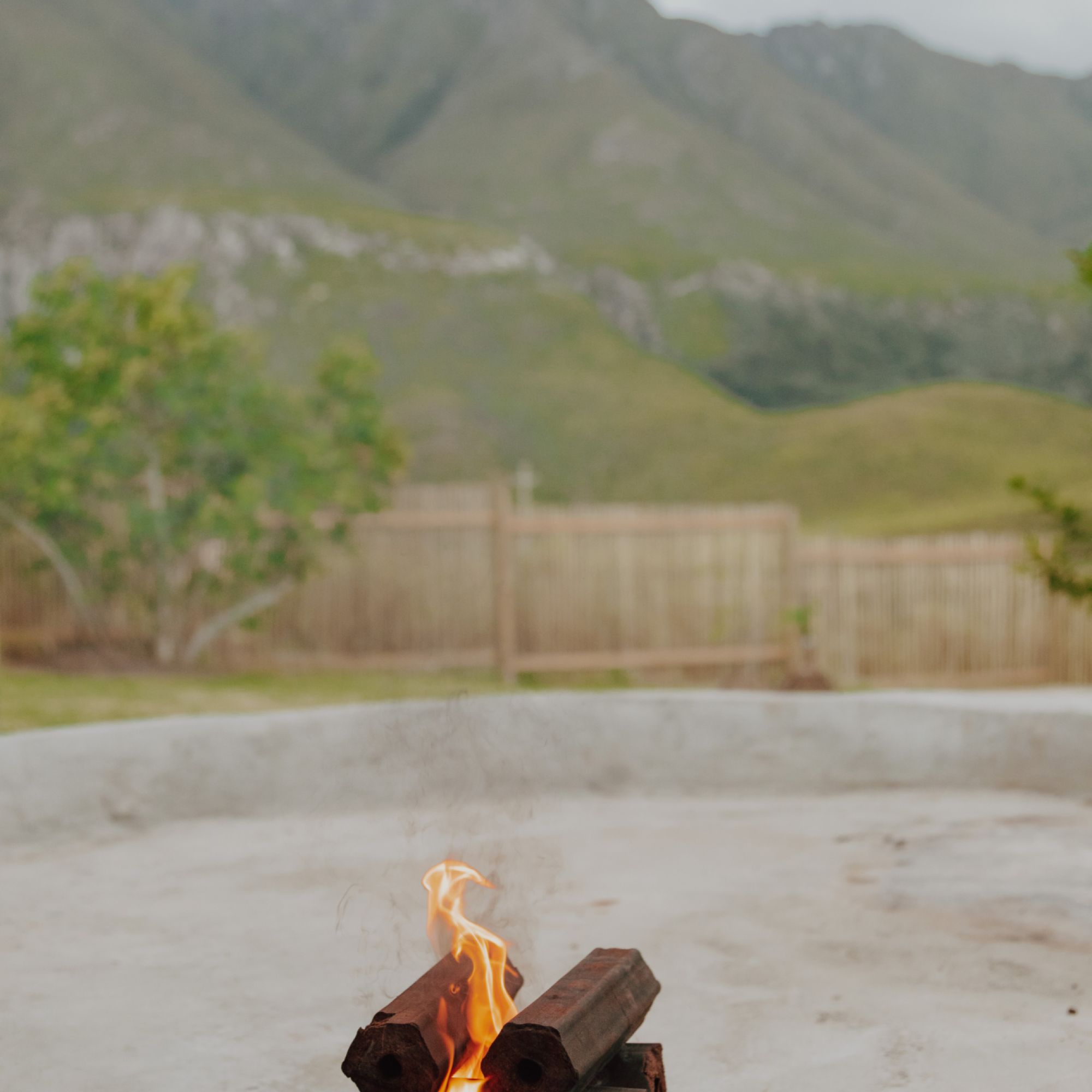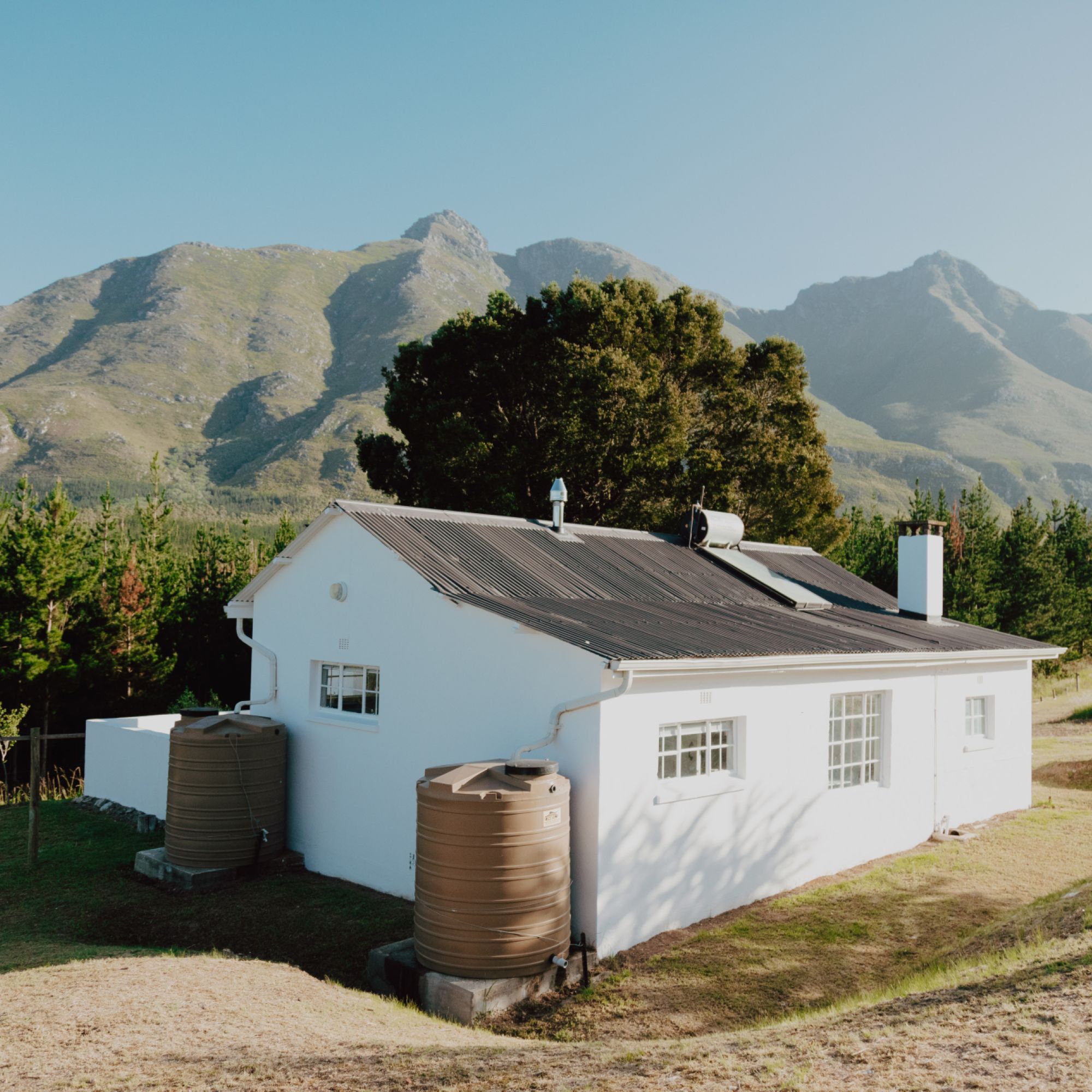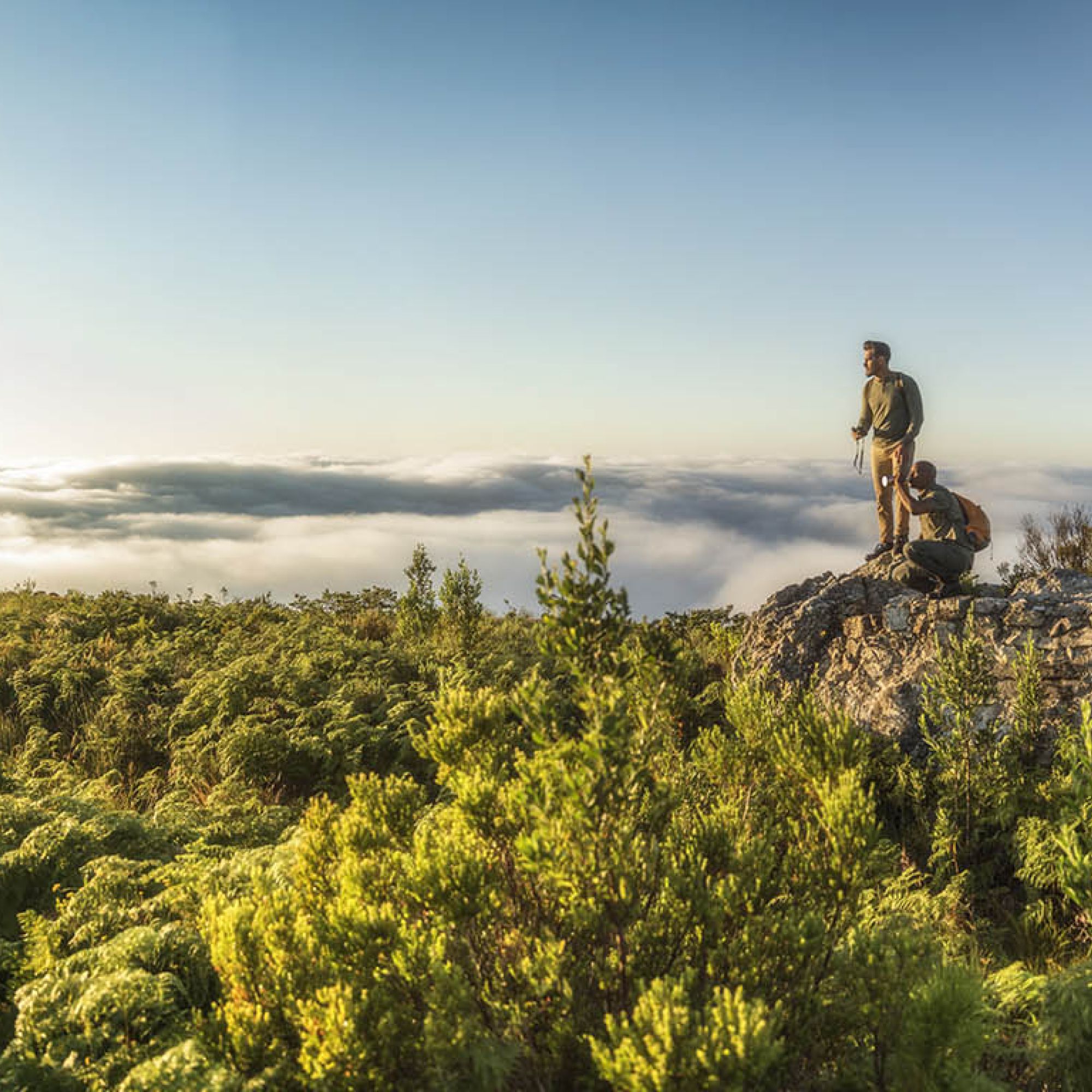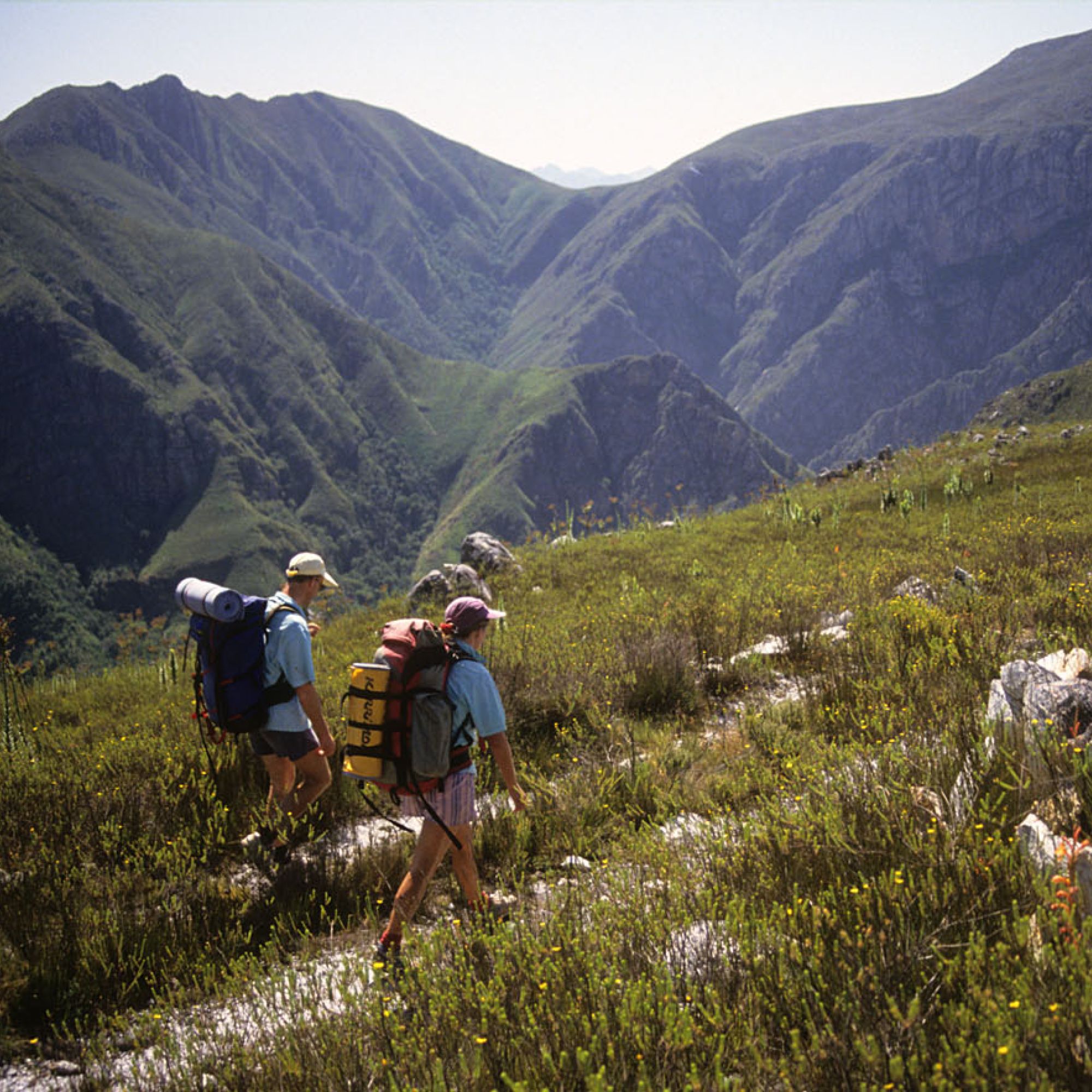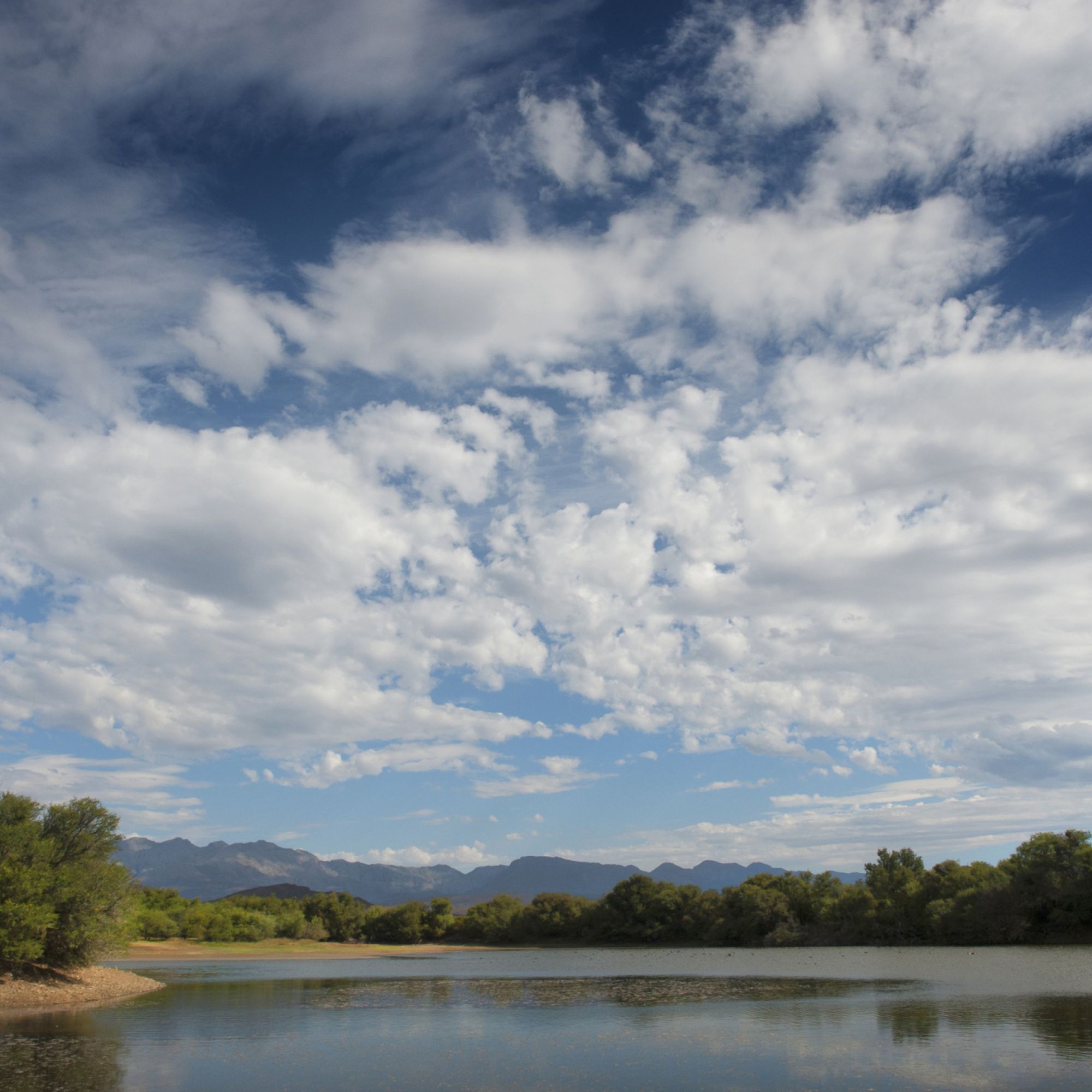Map of Reserve area
Where to Stay
What to Do
Marloth offers various day trails, ranging from easy, short walks to more strenuous, longer hikes. These trails lead into the shady green indigenous forest, where cool pools and waterfalls wait to be discovered. Day walks are open from sunrise to sunset.
Hikers may, however, still walk the first section of the trail which starts at the office and passes through Boskloof, Goedgeloof, Proteavallei and Wolfkloof. Shorter day routes are possible. This trail is fairly demanding and should only be attempted by fit hikers. Reservations are limited to a minimum of 3 and a maximum of 10 people. Trips should be planned in advance as hikers are not permitted to leave the trail due to it being surrounded by private property, especially at Wolfkloof and Gooedgeloof, as well of the possibility of getting lost.
Hiking trails
Marloth offers four hiking trails, all with their own scenic attractions.
Easy to use trail maps for these hiking trails created by Forge can be downloaded here.
Huts
Four rustic huts equipped only with beds, water and primitive toilets provide limited overnight shelter. Hikers should bring their own cooking utensils, bedding, warm screen and drinking water. Boskloof shelter has no mattresses so hikers need to provide their own hiking mat rolls. Fires are only permitted at the demarcated site at Wolfkloof due to the high risk of veld fires and the scarcity of firewood. All shelters are self-maintained and must be left as found with “leave no trace" principles needing to be adhered to at all times. No refuse bins are provided as hikers must carry out everything carried in, and no dumping of any items is allowed.
Help us protect nature
No pets/no firearms/no picking of flowers or collection of seeds/no fishing without permits/fires (with eco-logs or charcoal) only in designated areas.
Permits
Permits may be purchased for R50 per adult and R30 per child at the reserve office or through CapeNature Central Reservations.
Trail preparation
- Wear comfortable walking shoes, sunscreen and a hat.
- Do not hike alone.
- Carry enough food and water with you.
- Make sure you know what the weather conditions are before you depart.
- Take a warm jacket/raincoat in winter.
- Make sure you have a relevant map of the area.
- Take a field medical kit with you for emergencies.
- Obey all signage.
- Stay in a group and on the trails.
Twaalfuurkop Peak
Trail distance: 12.4km
Estimated time: 6 hours
This challenging hike starts from the reserve office. The trail takes hikers to the mountain peak of Twaalfuurkop (1 450m), offering breathtaking views of the entire Langeberg Mountains, the Rûensveld and even the Indian Ocean. We suggest hiking in a group of at least three. Be prepared for rapid climatic changes and extreme weather conditions.
Duiwelsbos Waterfall
Trail distance: 2km
Estimated time: 2 hours
This lovely hike starts at the Koloniesbos parking area. Hikers make their way to the beautiful Duiwelsbos Waterfall via the cool green indigenous forest. On the trail, you’ll see the reserve’s rich plants and wildlife, including fynbos, birds and small animals.
Plaat Loop
Trail distance: 12km
Estimated time: 3 hours
The Plaat Loop is a moderate hike with inspiring views and plenty of cool mountain streams to swim in along the trail.
Appelsbos Loop
Trail distance: 21km
Estimated time: 5 hours
This trail starts from Marloth Office and provides a good workout.
Swellendam multi-day hike
The challenging Swellendam multi-day hiking trail is one of South Africa’s top ten hikes. Hikers can choose between two and six days hiking routes. The trails have rustic huts with mattresses, basic toilets, and drinking water catering for 12 people. Bring your own cooking utensils.
Fires (eco-logs or charcoal) are only allowed at the Glen Stream and Wolfkloof huts due to the high risk of wildfires and the scarcity of firewood. A trail map and brochure are available on request.
See all you need to know about this hike in the Survival Guide below.
There are picnic tables at the reserve entrance, as well as a picnic area adjacent to the parking lot at the start of the picturesque Duiwelsbos waterfall hike. Both areas have panoramic views of the imposing mountain ranges above.
Marloth Nature Reserve is named after the pioneer botanist who, together with a deputation of Swellendam residents, petitioned the Minister of Lands and Forestry in 1928 to set aside part of the mountain as a nature reserve. In 1981, the reserve was enlarged to include the rest of the State Forest and the Swellendam hiking trail was opened.
The reserve’s vegetation is predominantly mountain fynbos, with patches of forest. There are several species of protea and more than 25 species of erica, most of which flower in November. Marloth, like the rest of the southern Cape, has hot summers and cold winters. The higher mountain peaks are occasionally dusted in snow during the cold winter months.
Please note that there is no WiFi for guests.
To find out more, download the Marloth Nature Reserve brochure and map.
How to get there
From Cape Town: Take the N2 highway towards Swellendam. Just past Swellendam, turn left onto the R60 and then follow signs for Marloth Nature Reserve. Turn right at the signpost and travel about 3km until you reach the reserve gates. There is a short amount of gravel road, approximately 1.2km long, leading up to the reserve gates. The route from Cape Town is about 220km and will take about two and a half hours.
GPS: 33 57 56.16 S 20 23 31.2 E
Office hours: 07h00–16h00
Please report to reception on arrival. Check-in times for overnight guests are after 14h00, but before 16h00.
Tel: +27 (0)87 087 3039/3883
After Hours Tel : +27 (0)82 496 2450
Accommodation and permit bookings Tel: 087 087 8250
What Our Guests Say
Explore the beauty of Swellendam with a 5-day hiking trail starting at R1,350. Enjoy the flexibility of self-catering options from R980 and daily hiking rates from R50.
Adults
Day Access = R50; Overnight fee = R40
Children
Day Access = R30; Overnight fee = R20
Marloth Nature Reserve Filming
The floral diversity of Marloth Nature Reserve is unmatched across the Western Cape and the fact that it is named after a pioneering botanist says much about the vegetation in this 14 123 hectares of pristine mountain tract.
As a filming location, this area consists mostly of mountain fynbos, including several species of protea and more than 25 varieties of erica. Patches of afromontane forest are also existent in the valleys and gorges of the reserve.

